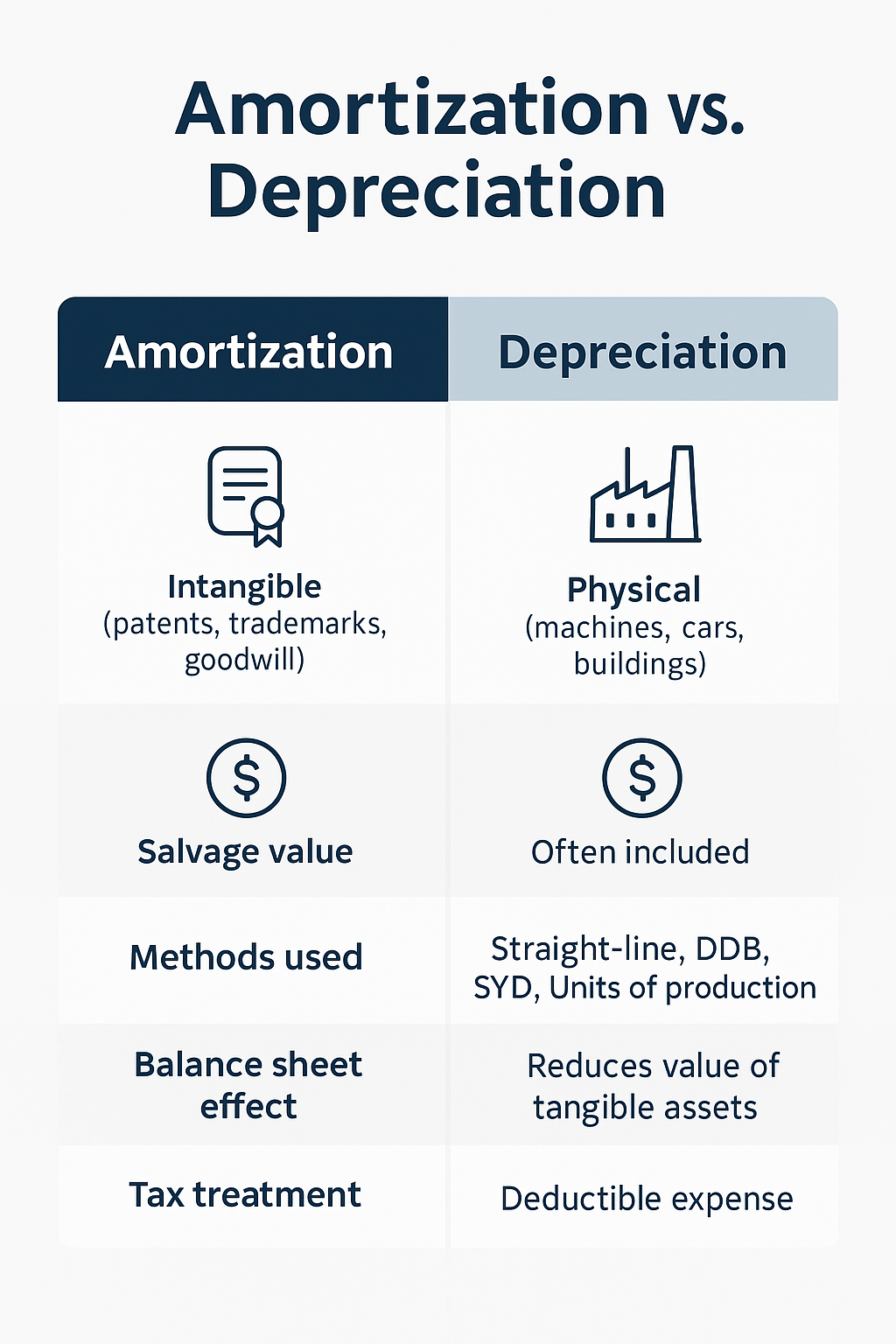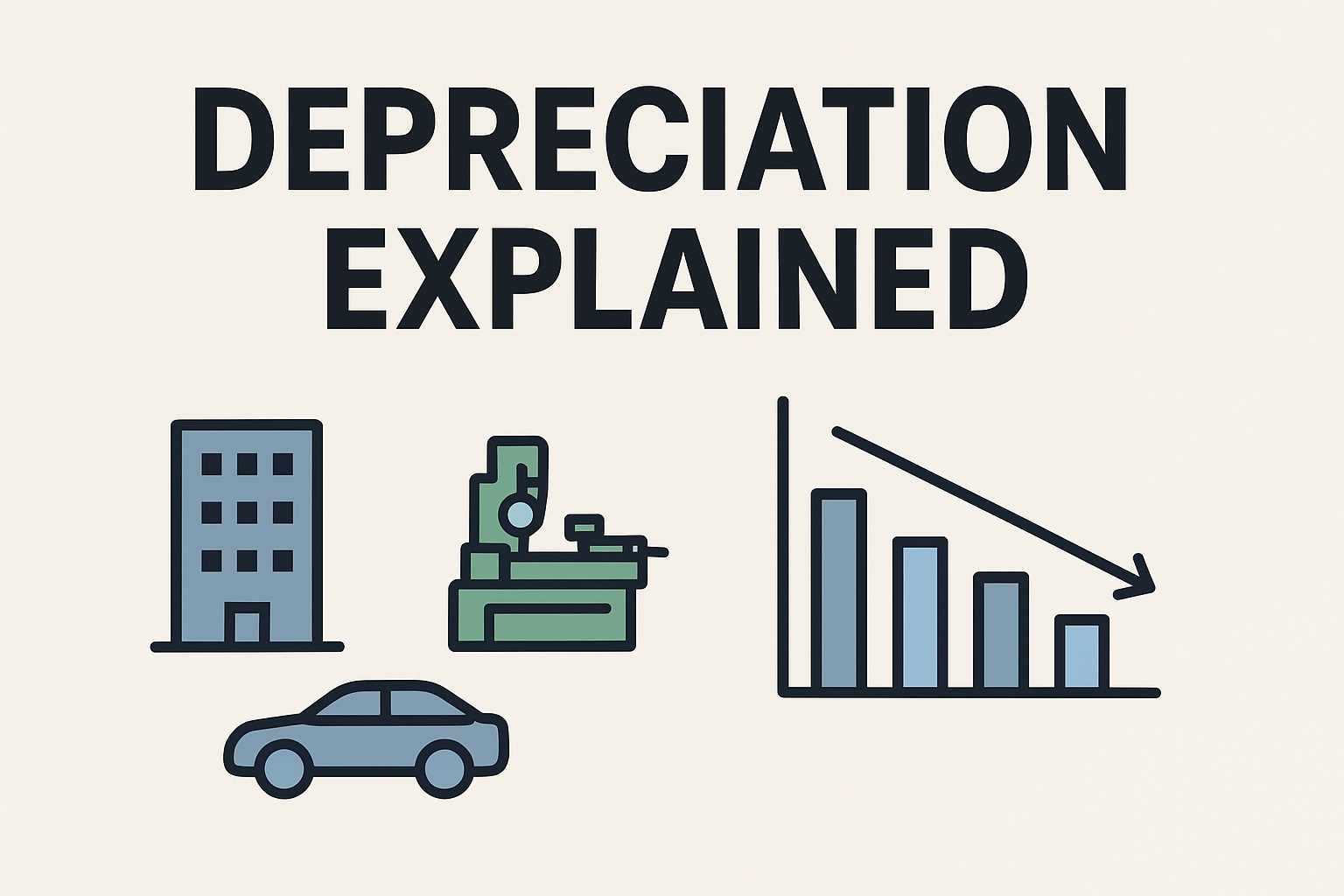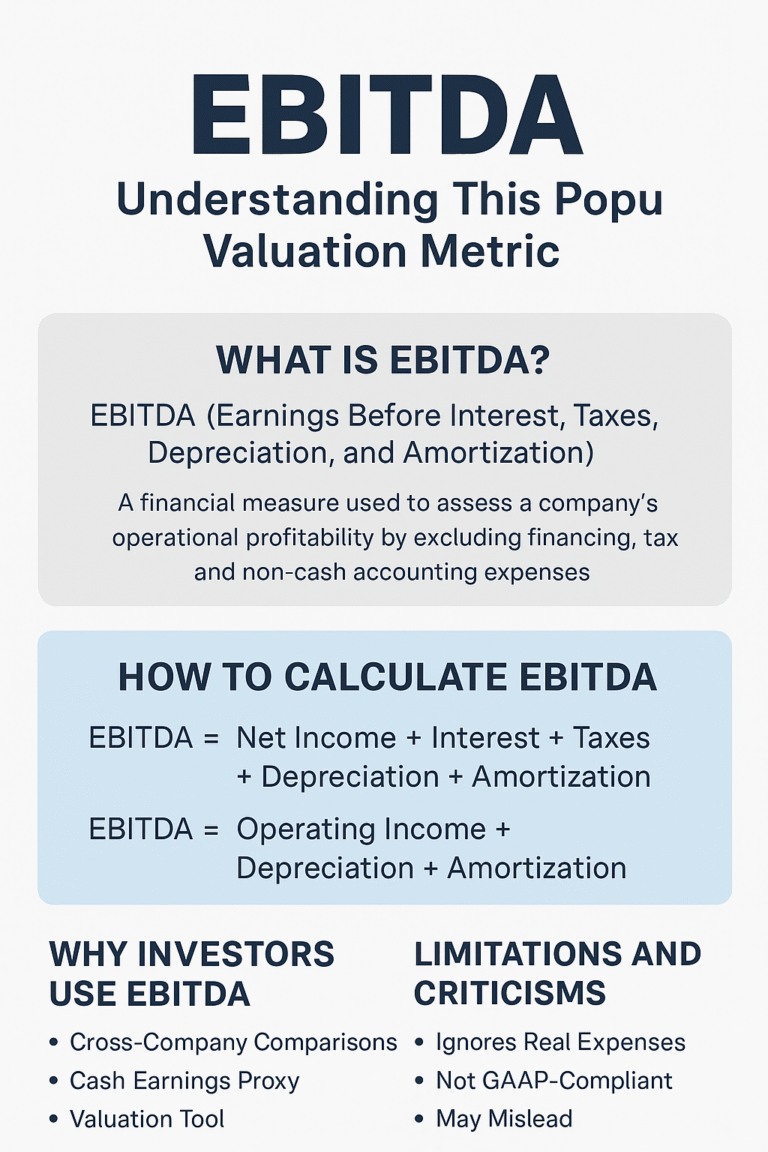Growth stocks are the high-flyers of the investing world. They promise rapid earnings expansion, rising share prices, and the potential to outperform the broader market. But there’s a catch: growth stocks often come with high price tags.
So how do you know if you’re overpaying for growth?
One powerful tool used by savvy investors is the PEG ratio, a valuation metric that adjusts a stock’s price-to-earnings (P/E) ratio for its expected growth rate.
In this guide, we’ll break down exactly how to evaluate growth stocks using the PEG ratio, explain why it matters, and show you how to use it step by step. Whether you’re a beginner or just want to sharpen your investing edge, this post is for you.
What Are Growth Stocks?
Growth stocks represent companies expected to grow their earnings at an above-average rate compared to the market or their industry. These are often firms in emerging sectors like tech, biotech, fintech, or cloud services.
Key characteristics of growth stocks:
- High revenue and earnings growth
- Low or no dividends (they reinvest profits)
- Strong return on equity (ROE)
- Valuation based on future potential, not just current performance
Examples of well-known growth stocks include companies like Tesla, Nvidia, Amazon, and Shopify. These companies often trade at high multiples because investors are paying up for future earnings.
But how much is too much? That’s where the PEG ratio comes in.
What Is the PEG Ratio, and Why Does It Matter?
The PEG ratio stands for Price/Earnings to Growth ratio. It was popularized by legendary investor Peter Lynch, who used it to find “growth at a reasonable price” (GARP).
The formula is simple:
PEG = (Price-to-Earnings Ratio) / (Annual EPS Growth Rate)For example:
- A company with a P/E of 20 and an expected earnings growth of 25% would have a PEG of:
PEG = 20 / 25 = 0.8Why does this matter? Because the P/E ratio alone doesn’t account for how fast a company is growing. A company with a high P/E might be undervalued if it’s growing even faster.
PEG Ratio Interpretation:
- PEG < 1 = Potentially undervalued (good value for its growth)
- PEG ≈ 1 = Fairly valued
- PEG > 1 = May be overvalued
Step-by-Step: How to Calculate the PEG Ratio
Let’s walk through how to calculate the PEG ratio in practice.
Step 1: Find the P/E Ratio
You can get this from Yahoo Finance, Google Finance, or your brokerage.
Let’s say:
- Price per share = $100
- Earnings per share (EPS) = $5
- P/E = 100 / 5 = 20
Step 2: Estimate the EPS Growth Rate
This is typically based on analyst forecasts over the next 1–5 years. Yahoo Finance often provides this under “Earnings Estimate”.
Let’s assume the stock is expected to grow earnings at 25% annually.
Step 3: Calculate PEG
PEG = 20 (P/E) / 25 (growth rate) = 0.8This PEG ratio suggests the stock may be undervalued relative to its growth.
How to Interpret the PEG Ratio in Context
While the PEG ratio is a useful tool, context is everything. A PEG of 0.8 might be attractive in some sectors but could mean something very different in others.
Here’s what to consider:
- Industry norms: Tech stocks often carry higher PEGs than consumer staples.
- Growth quality: Is the company growing due to innovation or just acquisitions?
- Earnings reliability: Forecasts are just that—estimates.
Important note: Always cross-reference PEG with other metrics like ROE, profit margins, and free cash flow.
Using PEG in Growth Investing Strategies
Growth investing isn’t just about chasing the hottest stock—it’s about finding sustainable, profitable growth.
The PEG ratio fits neatly into a GARP (Growth At a Reasonable Price) strategy. You’re not just buying growth—you’re buying it without overpaying.
Combine PEG with:
- Strong balance sheets
- Competitive advantages (moats)
- Consistent earnings surprises
- Long-term industry tailwinds
Peter Lynch famously avoided companies with sky-high PEG ratios. He aimed for businesses with PEGs under 1.2 and preferably closer to 1 or below.
Real-World Examples of PEG Ratio in Action
Let’s look at some recent names identified by analysts:
1. Pinterest (PINS)
- P/E: ~40
- Estimated growth: 50%
- PEG: 0.8
Pinterest has been highlighted for its monetization potential and user growth.
2. Lam Research (LRCX)
- P/E: ~25
- Growth estimate: 18%
- PEG: 1.39
Slightly over 1, but could still offer value in the semiconductor space.
Always remember: PEG is one piece of the puzzle. Combine it with qualitative analysis, competitive positioning, and industry trends.
Tools for Finding PEG Ratio and Growth Forecasts
To get started evaluating growth stocks, you can use these free tools:
Yahoo Finance
- Search a company, go to “Analysis” tab
- Look under “Next 5 Years (per annum)” for EPS growth
Google Finance
- View basic P/E and EPS numbers
Seeking Alpha
- Analyst ratings and forward growth estimates
Finviz.com
- Stock screeners with PEG filters
Red Flags to Watch Out For
The PEG ratio is helpful, but it’s not foolproof. Here are some red flags:
- Unrealistic growth projections – Look at the company’s track record
- Declining margins – Growth without profit isn’t sustainable
- Too much debt – Can hurt earnings in high-interest environments
- PEG only based on 1-year growth – Prefer longer-term estimates (3–5 years)
Building a Growth Stock Watchlist Using PEG
If you’re ready to apply what you’ve learned, here’s how to build a basic watchlist:
Filter Criteria:
- Market cap: Mid to Large Cap
- PEG < 1.5
- ROE > 15%
- EPS growth > 20%
- Debt/Equity < 1
Sample stocks that currently meet these include:
- Amazon (AMZN)
- Alphabet (GOOGL)
- Mastercard (MA)
- Pinterest (PINS)
Source: Citi Research, Barron’s (2025 analyst picks)
Conclusion: The PEG Ratio Is Your Secret Weapon
Evaluating growth stocks doesn’t have to feel like guesswork. The PEG ratio gives you a grounded, numbers-driven way to determine whether a stock’s price is justified by its growth.
When used correctly and in context, PEG can help you:
- Avoid overpaying for hype
- Identify undervalued gems
- Make more confident long-term investments
Remember: No single metric should drive your decision. But if you’re looking to grow your wealth through intelligent stock picking, the PEG ratio is a must-have in your toolbox.
Dividend Stocks vs Growth Stocks: Which Is Better for You?






